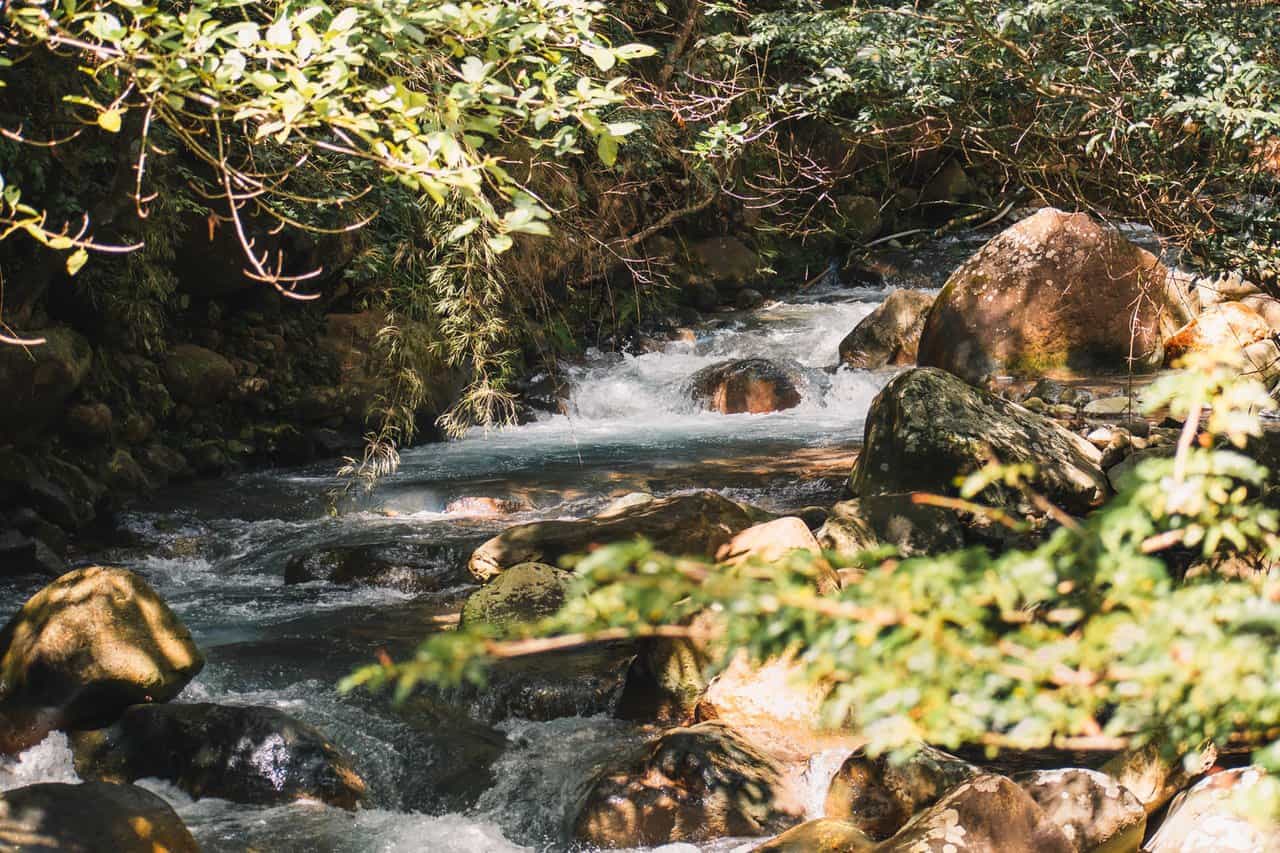Would Costa Rica destroy 10 percent of its National Theater to obtain a load of gold, or would it settle for a lesser amount and preserve a national architectural treasure in its entirety?
The Guanacaste Regional Council of the National System of Conservation Areas posited such an analogy in a letter to lawmakers that expressed concern over Bill 17,680, which would segregate 1,058 hectares (about 3,000 acres) of Rincón de la Vieja National Park, in the northwestern province of Guanacaste, for geothermal electricity generation.
The letter, dated Aug. 22 and signed by Alejandro Masís, the Regional Council’s executive secretary, warns that destruction in the national park, part of the Guanacaste Conservation Area and named a UNESCO World Heritage Site, would besmirch Costa Rica’s sterling reputation as a conservation-minded country.
“A geothermal project developed in this zone proposed by ICE [the Costa Rican Electricity Institute] has the potential of putting in danger the integrity of the Natural Heritage Site –which goes against UNESCO’s Natural Heritage Convention,” the letter states. “It also has the potential to strongly undermine the environmental credibility before the world, obtained in great part thanks to the existence of the National Parks.”
Masís said the council does not oppose the extraction of geothermal energy from Rincón de la Vieja as proposed by ICE. To the contrary, the letter suggests that a geothermal project in the national park could be a model of sustainable development for the world.
But he said the project should be conducted with close collaboration between ICE and the Guanacaste Conservation Area to assure that the extraction causes the least possible impact to the park.
“A geothermal project in Rincón de la Vieja could be an example to the world of how to integrate a wild area with an industrial project. And to achieve this, the work between both institutions must be close and based on the objective of clean [renewable energy] and green [strengthening the conservation area]; that’s to say, to make together a true eco-design to integrate an industrial project in a sensible manner from an environmental and landscape point of view.”
According Álvaro Ugalde, founder of the national park service who is strongly against Bill 17,680, the land ICE wants to sequester is primary forest of the pre-coffee habitat.
The land was acquired on behalf of the national park service through a donation by the private Engelhard Foundation, something that personally embarrasses Ugalde as when the land was donated in the 1980s Ugalde told the head of the foundation, Sophie Engelhard, that it would be preserved as a national park in perpetuity.
The pre-coffee habitat in the 14,000-hectare Rincón de la Vieja is the only habitat of its kind remaining in Costa Rica. Masís called the Rincón de la Vieja land located in a part of the park heavily visited by tourists – Pailas and Santa María – “irreplaceable.”
“The natural forest growing in the ‘zone of geothermic interest’ proposed by ICE … is the only representative sample that the country has of the forests that once existed on the sides of the mountains of the Central Valley, where today are plantations of coffee, sugar cane, houses and cities in elevations similar to Naranjo, Sarchí, Grecia and Heredia,” he said.
Masís called on ICE to fund studies to establish a base line of ecological information to make possible a viable geothermal project and continued ecological monitoring through the lifetime of the project.
He noted that ICE spent $15 million on a feasibility study to establish the geological viability of the geothermal project, and ICE should be ready to fund a project to establish its ecological feasibility.
Masís said that Rincón de la Vieja National Park receives 50,000 tourists a year and generates an estimated $23 million in income, in addition to housing river sources that provide the provincial capital of Liberia with 50 percent of its potable water.
Because of the significant contribution to the national economy of the national park system, the backbone of a tourism industry that generates an estimated $800 million a year in foreign exchange income, Masís proposed that ICE pay a 5 percent royalty of the gross receipts for electrical energy production in Rincón de la Vieja to the national park system.
He warned that without close attention to environmental standards the project could end up like the infamous northern border road, popularly known as the “trench.” Masís suggested that Nicaragua could use another environmental disaster against Costa Rica in the legal battle before the International Court of Justice in The Hague over the border at the far eastern section of the San Juan River.
While the Masís’ proposal may seem like a reasonable compromise, Ugalde said that ICE’s institutional “my way or the highway” attitude could make the option problematic.
“They want absolute power,” Ugalde said. “They want nobody to meddle in their projects.”
This video from Costa Rica’s Red Sismológica Nacional shows small phreatic eruptions in the crater lake at Rincón de la Vieja Volcano in the northwestern province of Guanacaste. The volcano has been very active since 2011.






